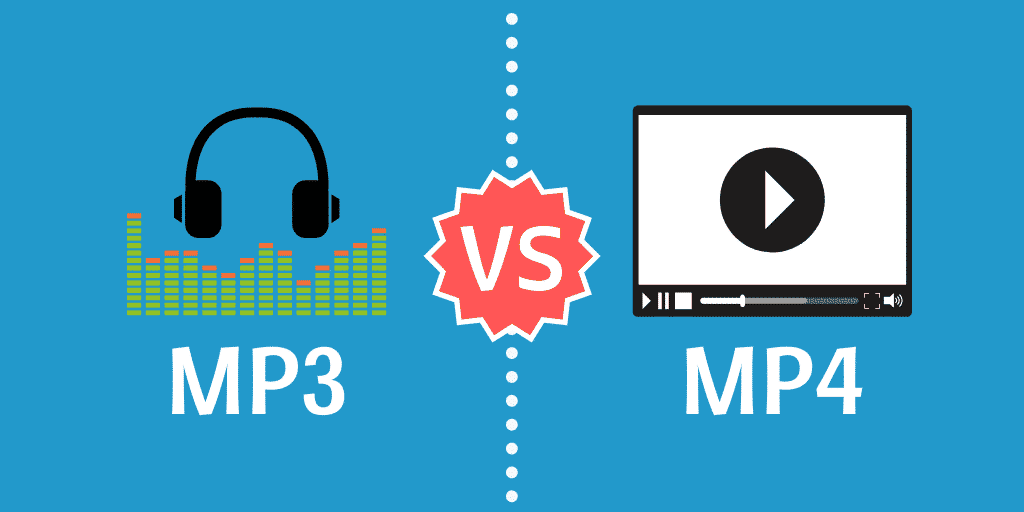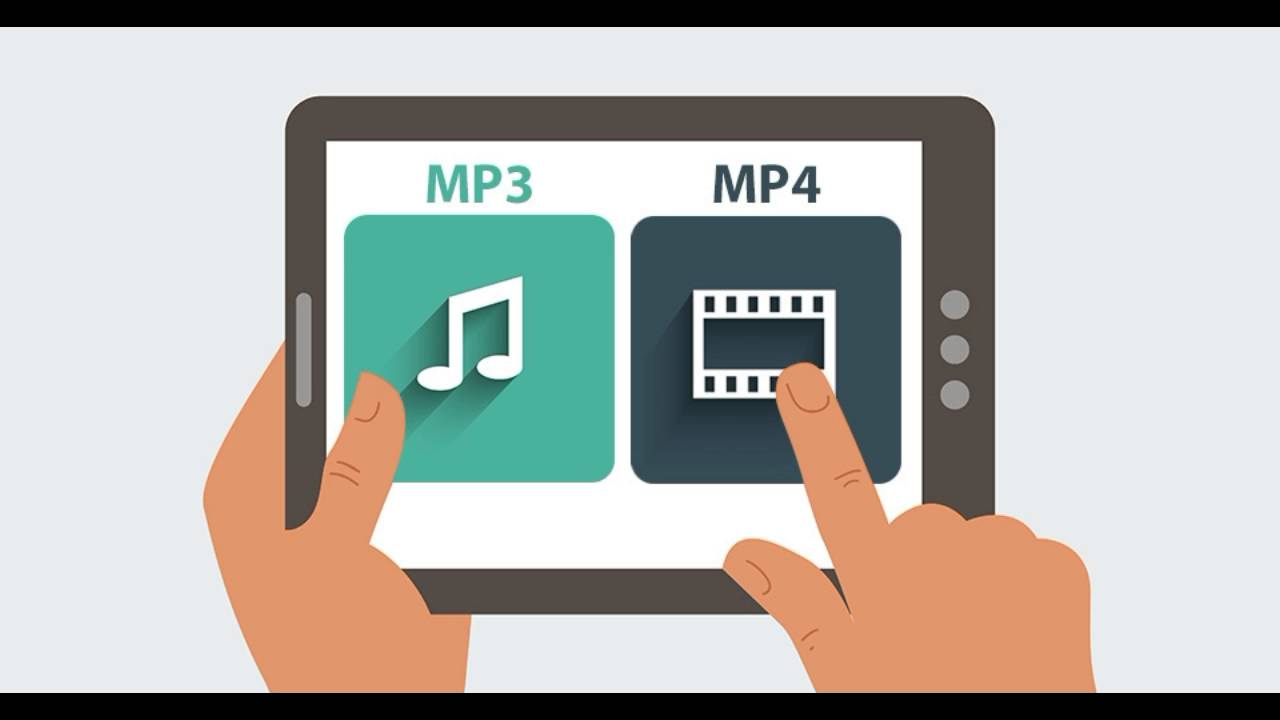Using MP4 you may have thought that these are the simple evolution of MP3, in reality, the two formats are profoundly different, even if only one figure changes in their names. In this article you will find out what is the difference between MP3 and MP4, also explaining in which scenarios it is advisable to use one and in which the other. At the end of the guide, you will know exactly what you mean when you use MP3 and MP4.
Differences between MP3 and MP4
What does MP3 mean?
MP3 is an abbreviation for M oving P Expert Picture Group-1/2 Audio Layer 3 (or also MPEG-1 Audio Layer III or MPEG-2 Audio Layer III).
This audio file format is used to contain digital audio tracks, which undergo a variable compression process based on the final quality to be obtained and the desired file size. It will then be possible to listen to the audio with the use of the various mp3 players available.
The codec is identical to the file format, so when you talk about MP3 you can indicate both the codec and the file format indifferently.
The bitrate value of the MP3 can provide an (approximate) indication of how much the original audio has been compressed and what quality you should expect. The minimum bitrate for listening to music with sufficient audio quality should be at least 128 kbps, but many prefer to listen to MP3s at 256 kbps or better at 320 kbps, with a significant increase in the size of the MP3 file as the bitrate rises.
MP3 files can also contain information about the track played thanks to IDTags (title, artist, album, track number, description, cover image, and other information). IDTags are added when the MP3 file is created or later using specific programs.
MP3 files can only contain audio, no other type of data can be stored in this format (except for the data contained in the IDTag).
What MP4 means
MP4 is an abbreviation that stands for MPEG-4 Part 14 and is a container format, that is, a particular file format capable of containing audio and video data with different types of codecs. So as a file format it is much closer to AVI than MP3 (which is both codec and audio format).
The MP4 format is much more advanced than MP3 precisely because it can contain video tracks, audio tracks and other types of data (subtitles, etc.) in a single file, often using codecs of higher quality than MP3 (obviously referring to the audio ).
The most used codecs on MP4 are:
- Video– H.264 and MPEG-4
- Audio– AAC, ALS, SLS, TTSI, MP3, and ALAC
- Subtitles– MPEG-4 text
As you could see, MP3 can be one of the codecs used to provide audio tracks in MP4, even if often you prefer better performing audio codecs such as the AAC format (which, for the same bitrate, allows you to get better sound than MP3).
MP4 files can contain audio and video (with and without subtitles), video only and audio-only, according to the user’s needs.
The MP4 format can also come with different extensions, so you can better understand the type of content in the container:
- .MP4– generic extension, valid for all purposes
- .M4A– extension for MP4 files that contain audio that is not DRM protected
- .M4P– extension for MP4 files that contain DRM protected audio
- .M4B– extension used for audiobooks and podcasts
- .M4V– extension used for MP4 files that contain videos
Where to use MP3s
MP3 is the audio format par excellence, it is certainly the best audio format for portability as every player and multimedia device released on the market from 2002 onwards is able to read the mp3 format.
Although over time different formats have been designed which, for the same bitrate, provide better audio quality, with the MP3 audio format you can be sure that your audio track will be reproduced correctly on any type of device you want to listen to, from the car radio to your car. to the latest generation smartphone.
Its audio compression algorithm allows you to obtain small files, but this is achieved by sacrificing not a little quality compared to the original audio source (for example if you take tracks from an Audio CD).
If you have to create one or more songs in MP3 or you have to convert songs of maximum quality into smaller files, I recommend that you use MP3s only at maximum bitrate, that is 320 kbps– only in this way will you be able to get the maximum quality out of this audio format, sacrificing compression (the devices are now so capacious that they can definitely hold MP3 files of 10-15 MB per song).
Where to use MP4
MP4 is definitely more advanced than MP3 and is the ideal choice if you want to get a file containing both audio and video tracks (for example if you need to convert from a DVD or a Blu-Ray).
Any device released after 2005 has included an mp4 player, so it is quite difficult to find a device on the market that is not compatible with this container.
You can also use it to contain only audio tracks, making sure to use a quality codec such as AAC during the conversion process- the difference in quality is considerable, even compared to MP3 at 320 kbps (but a lot also depends on the type of system that plays the file).
Programs to convert to MP3 and MP4
After doing this overview of the difference between MP3 and MP4, here I will report the best programs that you can use for free to convert to MP3 and MP4.
Format Factory
Format Factory is definitely one of the best programs to convert to MP3 and MP4.
You can choose any type of source, customize the format according to your needs and choose the final quality of the file format.
Exact Audio Copy
If you have a large collection of Audio CDs, you can convert them to MP3 or MP4 using Exact Audio Copy, which will import all the songs at the highest possible quality by performing a very sophisticated conversion.
So you can listen to your Audio CDs anywhere with really high quality.
XMedia Recode
Another good program to convert any type of source or file to MP3 and MP4 is XMedia Recode, which provides numerous settings to configure and allows you to choose the final quality of the created file.
WinFF
Finally, I would like to point out another excellent program to convert to MP3 or MP4- WinFF, a graphic interface designed to work with the FFmpeg command-line tool.
With this program, you can choose any type of container format or codec and convert quickly and with very little loss of quality.



Massive movie